PALACES IN RAJASTHAN
EXPLORE THE SPLENDOUR
-

Alwar City Palace
Alwar -

Amber Palace
Jaipur -
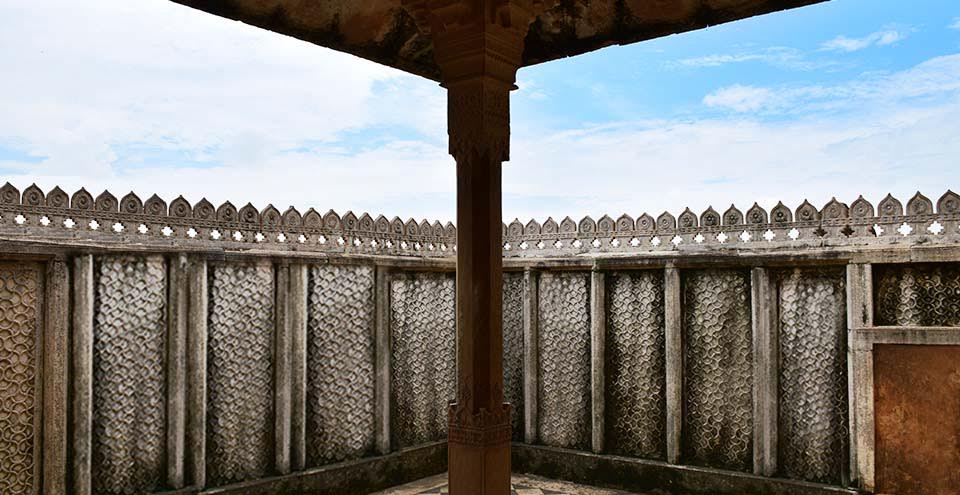
Badal Mahal - Bundi
Bundi -

Badal Mahal
Dungarpur -
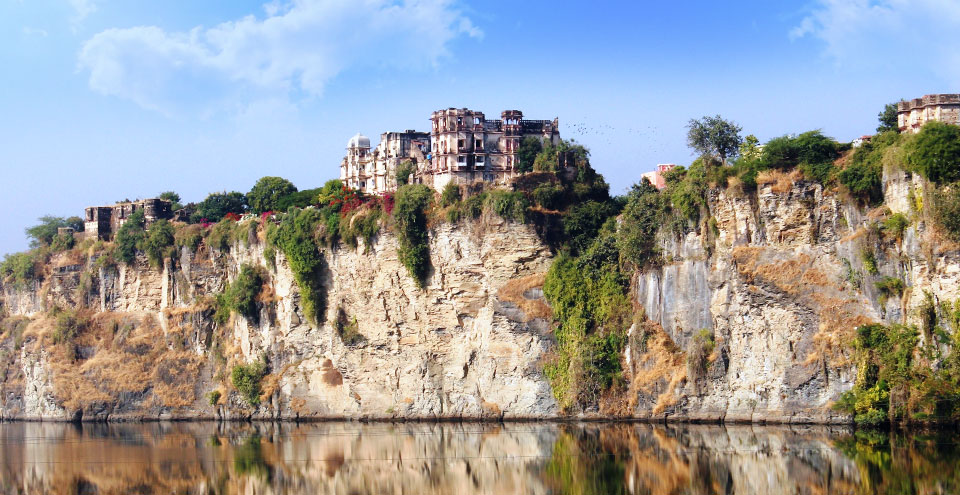
Bhainsrorgarh Fort
Chittorgarh -
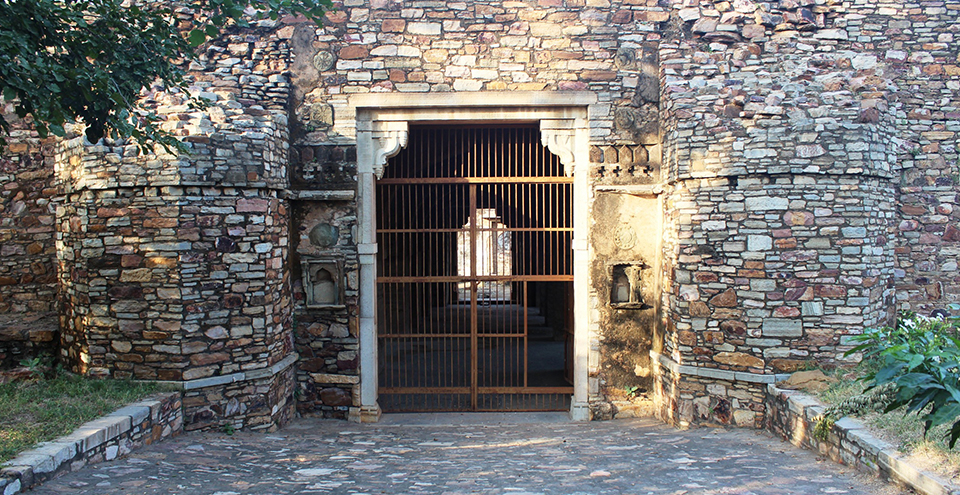
Bhamashah Ki Haveli
Chittorgarh -

Bhanwar Vilas Palace
Karauli -
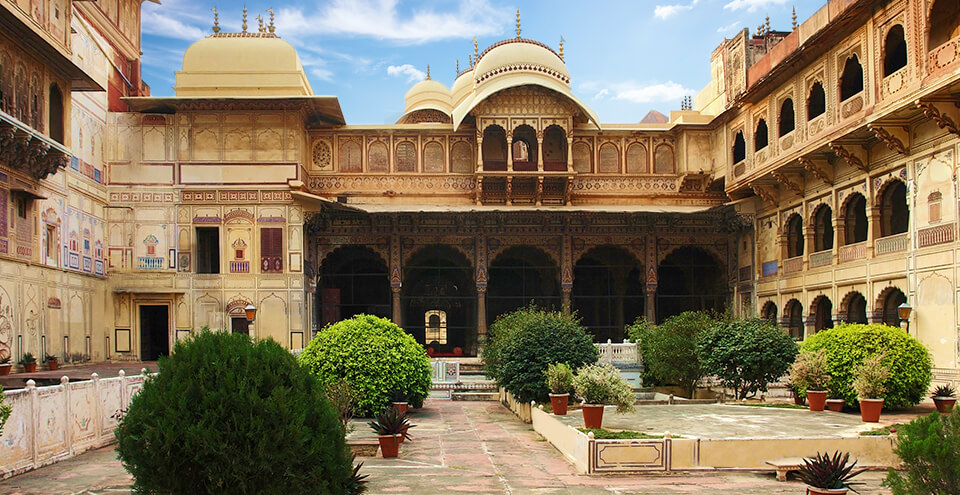
City Palace__1
Karauli -

City Palace__2
Dholpur -

City Palace
Jaipur -

Dholpur Palace
Bharatpur -

Fateh Prakash Palace
Chittorgarh -

Gajner Palace and Lake
Bikaner -

Jag Mandir
Udaipur -

Jagmandir Palace
Kota -

Jal Mahal
Jaipur -

Juna Mahal
Dungarpur -

Kanhaiyalal Bagla Haveli
Shekhawati -

Lalgarh Palace and Museum
Bikaner -

Laxmi Niwas Palace
Bikaner -

Man Mahal
Pushkar -

Mandir Palace
Jaisalmer -

Monsoon Palace
Udaipur -

Moti Doongri
Alwar -

MOTI DOONGRI Ganesh temple
Jaipur -

Moti Mahal
Jodhpur -
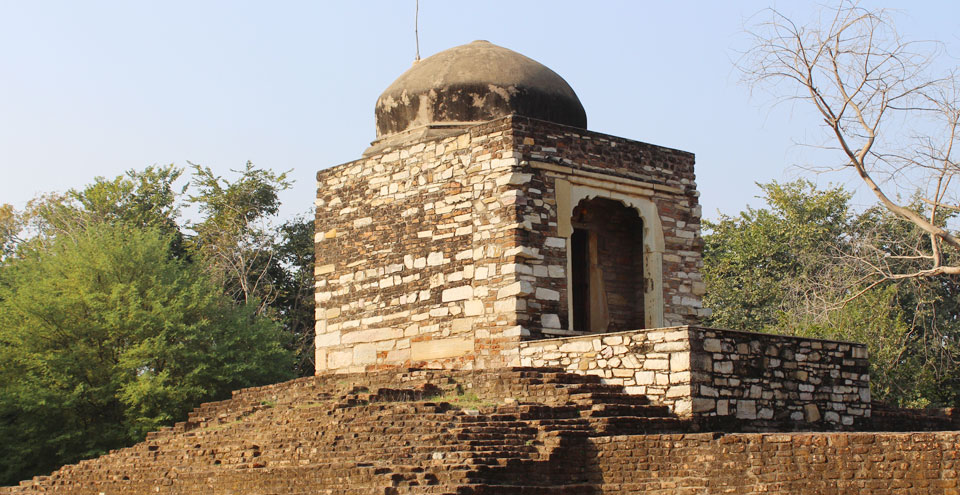
Nagari
Chittorgarh -

Nathmal Ji Ki Haveli
Jaisalmer -

Patwon Ki Haveli
Jaisalmer -

Phool Mahal
Jodhpur -

Raj Mandir
Banswara -

Rampuria Haveli
Bikaner -

Rana Kumbha Palace
Chittorgarh -

Rani Padmini's Palace
Chittorgarh -

Ranisar Padamsar
Jodhpur -

Ratan Singh Palace
Chittorgarh -

Salim Singh Ki Haveli
Jaisalmer -

Sardar Samand Lake and Palace
Jodhpur -

Sheesh Mahal
Jodhpur -

SISODIA RANI PALACE AND GARDEN
Jaipur -
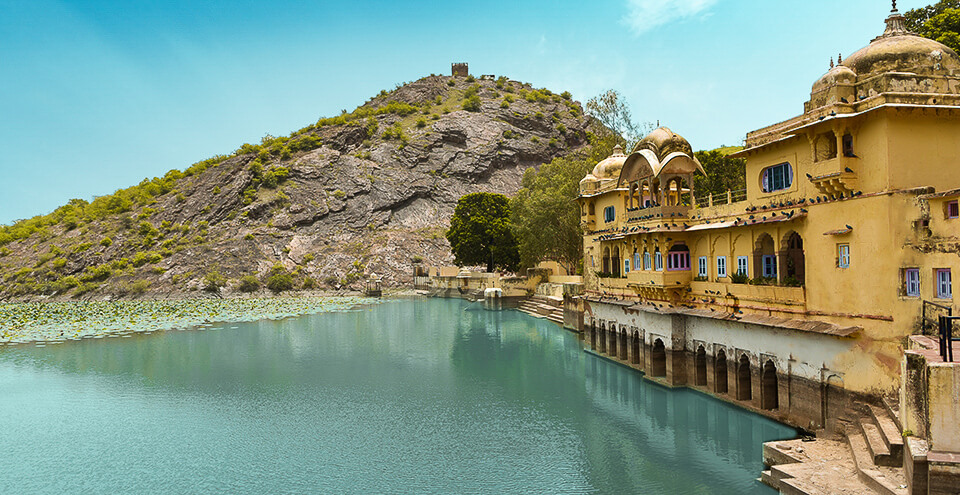
Sukh Mahal
Bundi -

Sunehri Kothi
Tonk -

Sunheri Kothi
Sawaimadhopur -

Udai Bilas Palace
Dungarpur -

Udaipur City Palace
Udaipur -

Umaid Bhawan Palace
Jodhpur -
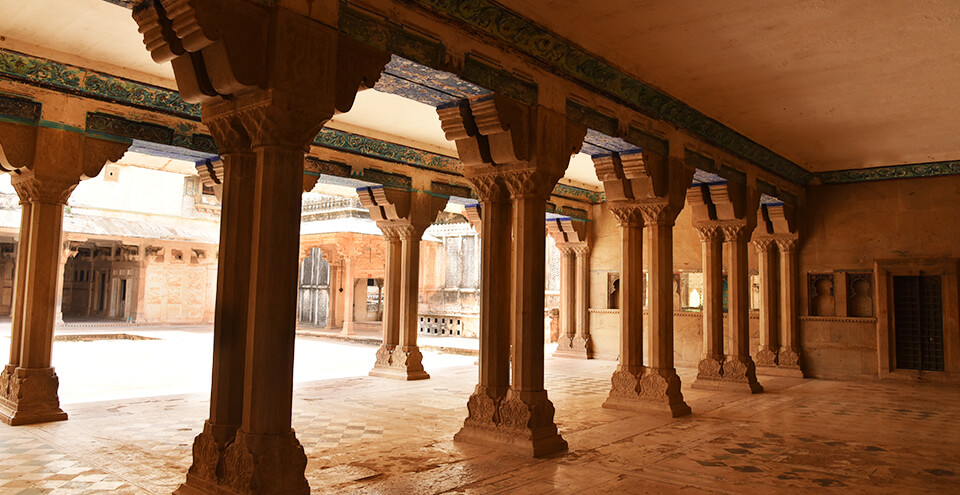
Chitra Mahal
Bundi
